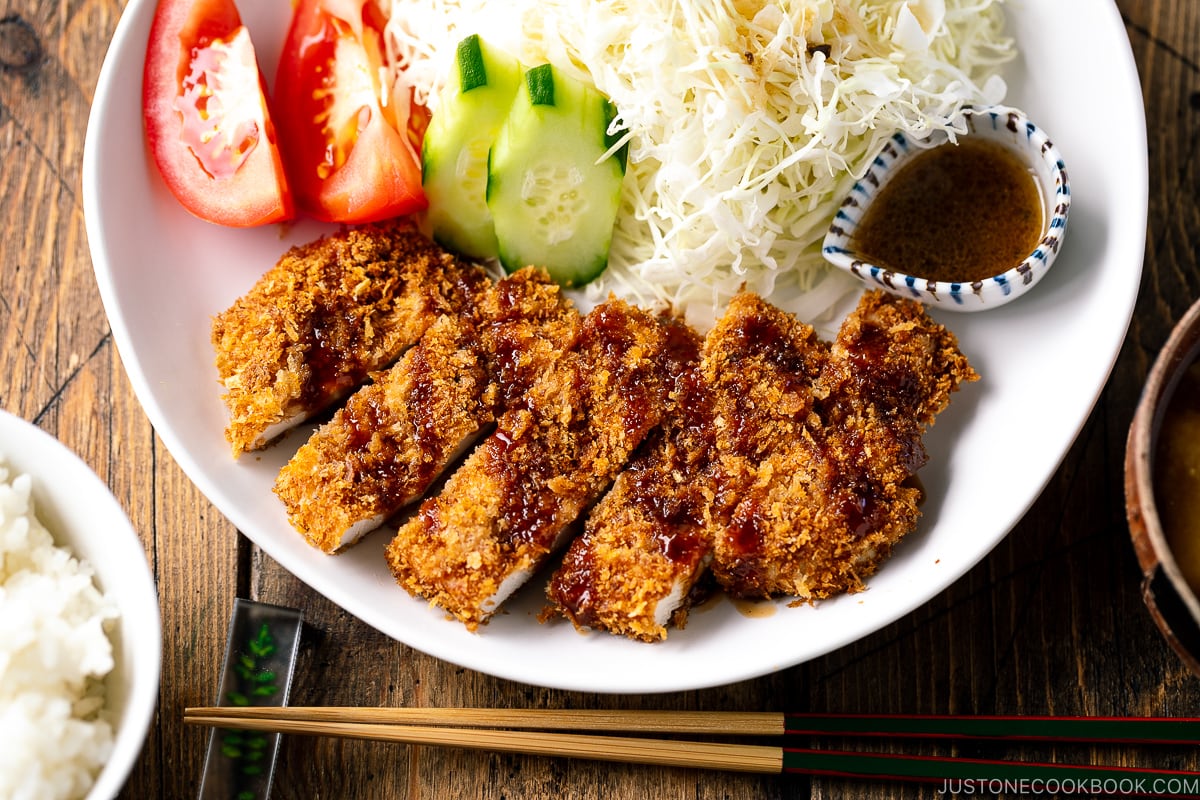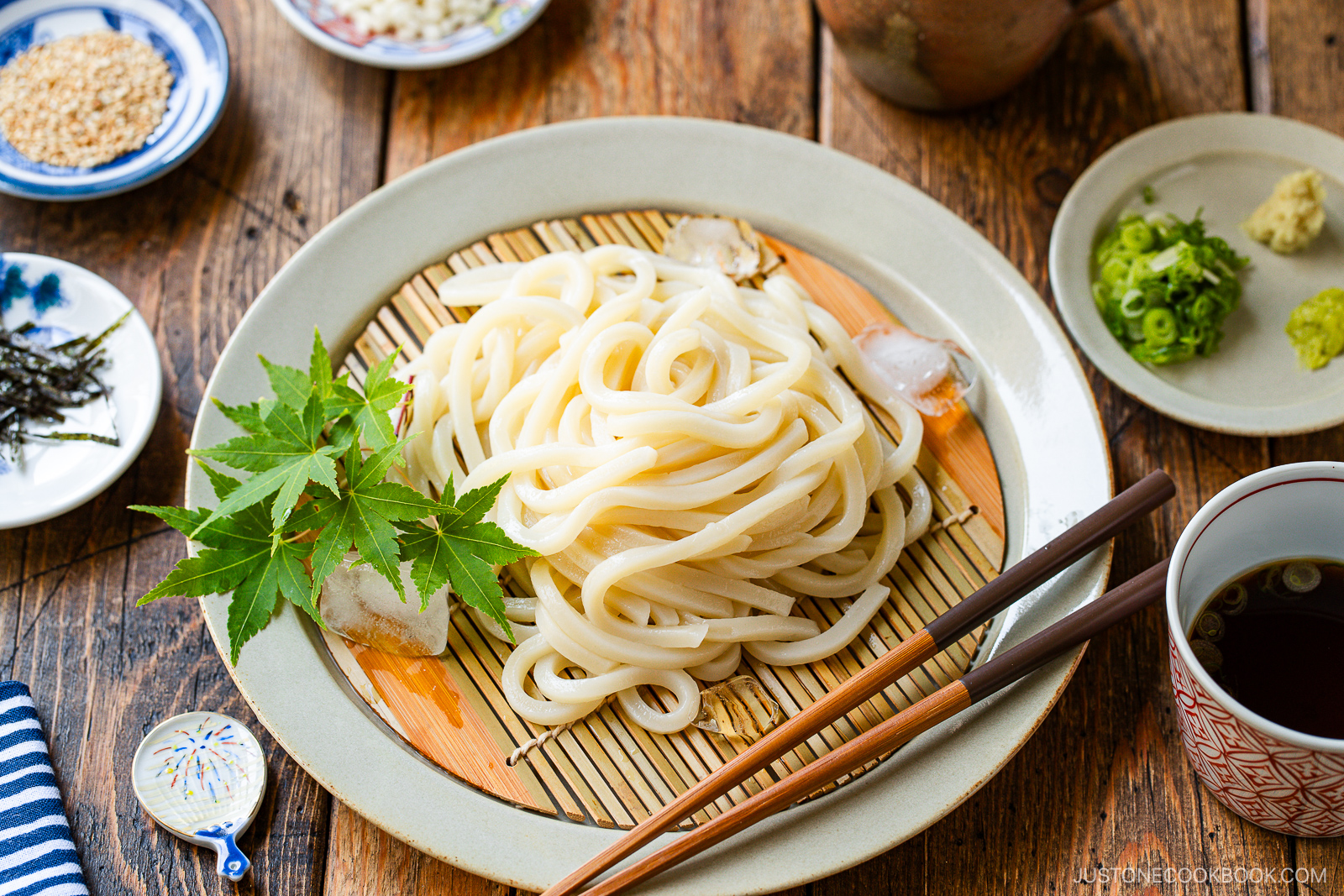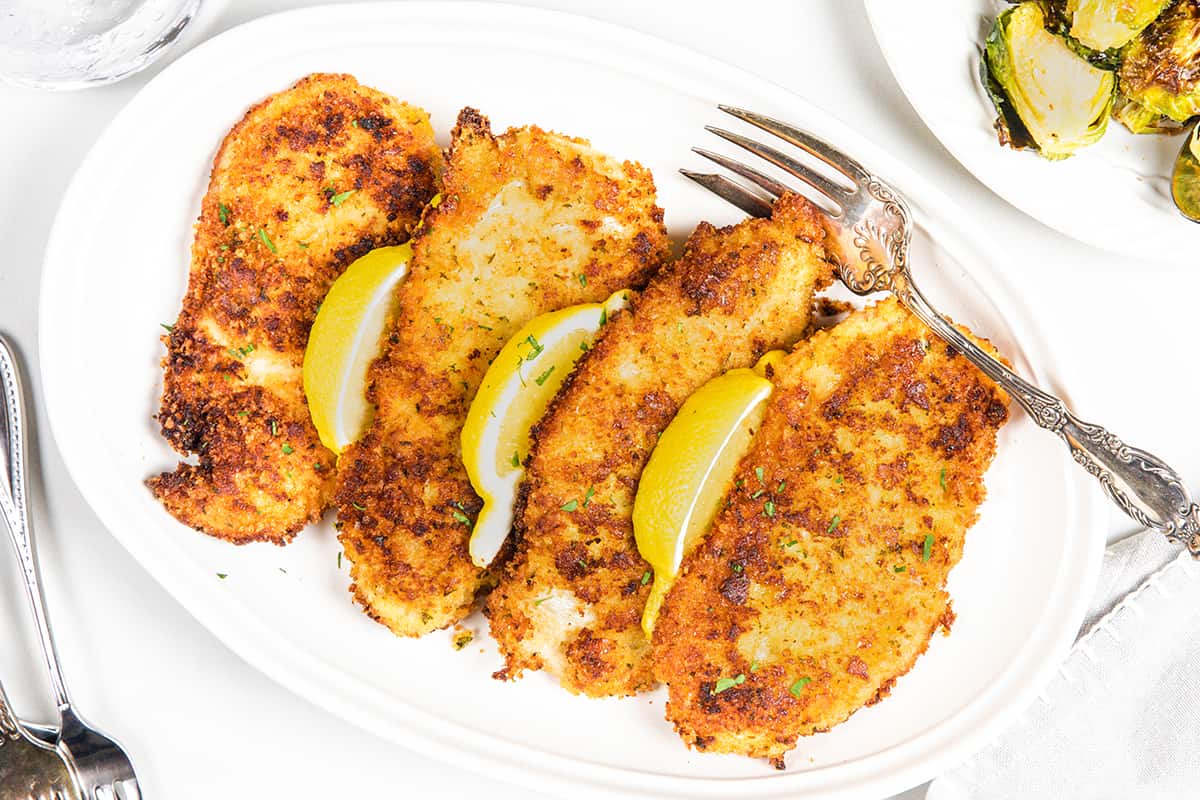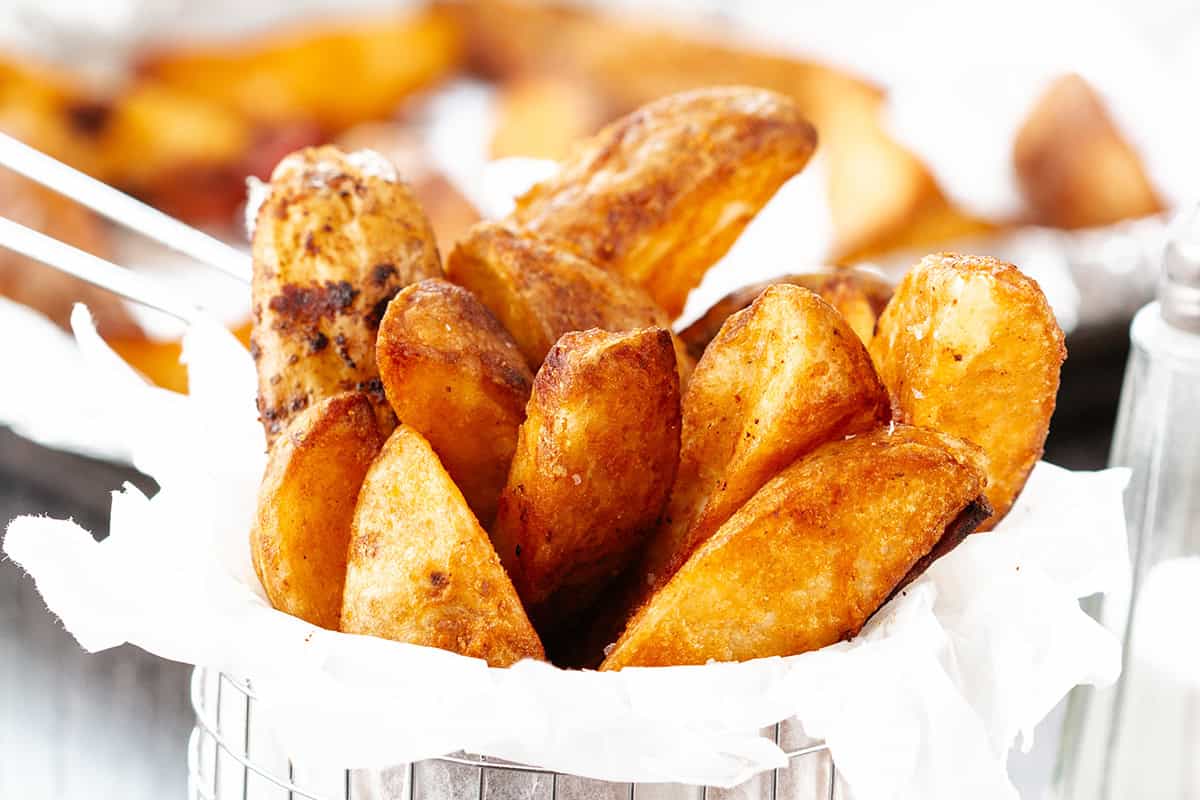Whether you prefer your seafood as sashimi or straight off the grill, summer in Japan is a veritable treasure trove of fish. Maybe these seasonal catches just hit differently in the heat, or maybe I’m still chasing that first bite of sushi I had all those years ago — but for me, the summer fish in Japan are some of the best of the year. If you’re living here or just visiting, it’s the perfect season to indulge.
4. Kuruma Ebi: Japanese Tiger Prawn
1. Suzuki: Sea Bass

Image: iStock: SvetlanaK
Suzuki is a summer white fish that goes by several names depending on its age and size. Called koppa at birth, it matures into seigo and then fukko before finally growing up into suzuki at the age of three years old or reaching a length of at least 60 centimeters. The taste of suzuki differs depending on the part of the body you are eating. As with many fish, the belly is the fattiest part and has a soft texture. Other cuts are firmer and chewier, but deliciously sweet nonetheless.

Image: iStock: GI15702993
While suzuki can be found in many waters off the coast of Japan, Chiba accounts for nearly a quarter of all caught, followed by Hyogo, Miyagi, Aichi and Kanagawa prefectures. Although not one of the largest sources of sea bass, Shimane prefecture prepares a well-known delicacy called suzuki no houshoyaki. Designated as one of the Seven Treasures of Lake Shinjiko, this suzuki is first wrapped in special paper, then steamed and grilled. Top it off with a little soy sauce or sudachi, a Japanese citrus, and fill your mouth with its savory notes.
2. Ayu: Sweetfish

Image: iStock: bonchan
Native to East Asia, ayu are found throughout Japan and prized for their sweet, melon-like flavor. Some ayu fish live in lakes, like Lake Biwa, spending their entire lives in freshwater. Wild ayu usually spawn in rivers, migrate to the sea and return to breed the following year. Ayu fishing season in Japan begins in early summer when young fish swim upstream. The season continues through autumn, making it a seasonal favorite for locals and visitors alike.

Image: iStock: ahirao_photo
The sweetness of ayu may derive from its consumption of a particular moss. This moss only grows in the cleanest of waters and is an essential nutrient for the fish. As the representative fish of Gunma, Gifu and Nara, ayu features prominently on summer menus in these prefectures, where it is popularly served salted, grilled and skewered in a wave-like shape to mimic swimming.
3. Unagi: Eel

Image: iStock: yasuhiroamano
Whether you’re already an unagi fan or a first-timer, mark July 30, Doyo-no-ushi-no-hi (midsummer day of the ox), on your calendar. All across Japan, people gather to eat eel to help endure the blistering heat.
The tradition began in the Edo period when a doctor helped a shop owner boost summer unagi sales. Using a mixture of Japanese language wordplay and the Chinese zodiac calendar system, the physician suggested that eel held the nutritional benefits that would get people through the sweltering inferno of summer. The idea caught on, and eating eel in Japan during summer became a yearly tradition.
Although their shrinking population has caused the price of eel to increase in recent years, you can still find eel throughout Japan, from convenience stores to the fanciest eateries. Unagi no kabayaki, a rice bowl topped with grilled eel marinated in soy sauce, sugar, sake and other seasonings, is the most common way to eat eel. Why not see for yourself how the tradition holds up as you try to beat the summer heat?
Click here to read more.
© Savvy Tokyo











 English (US) ·
English (US) ·